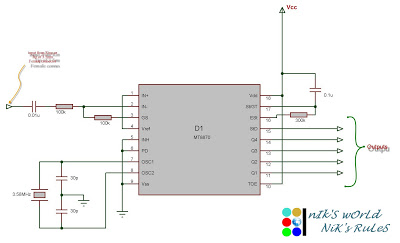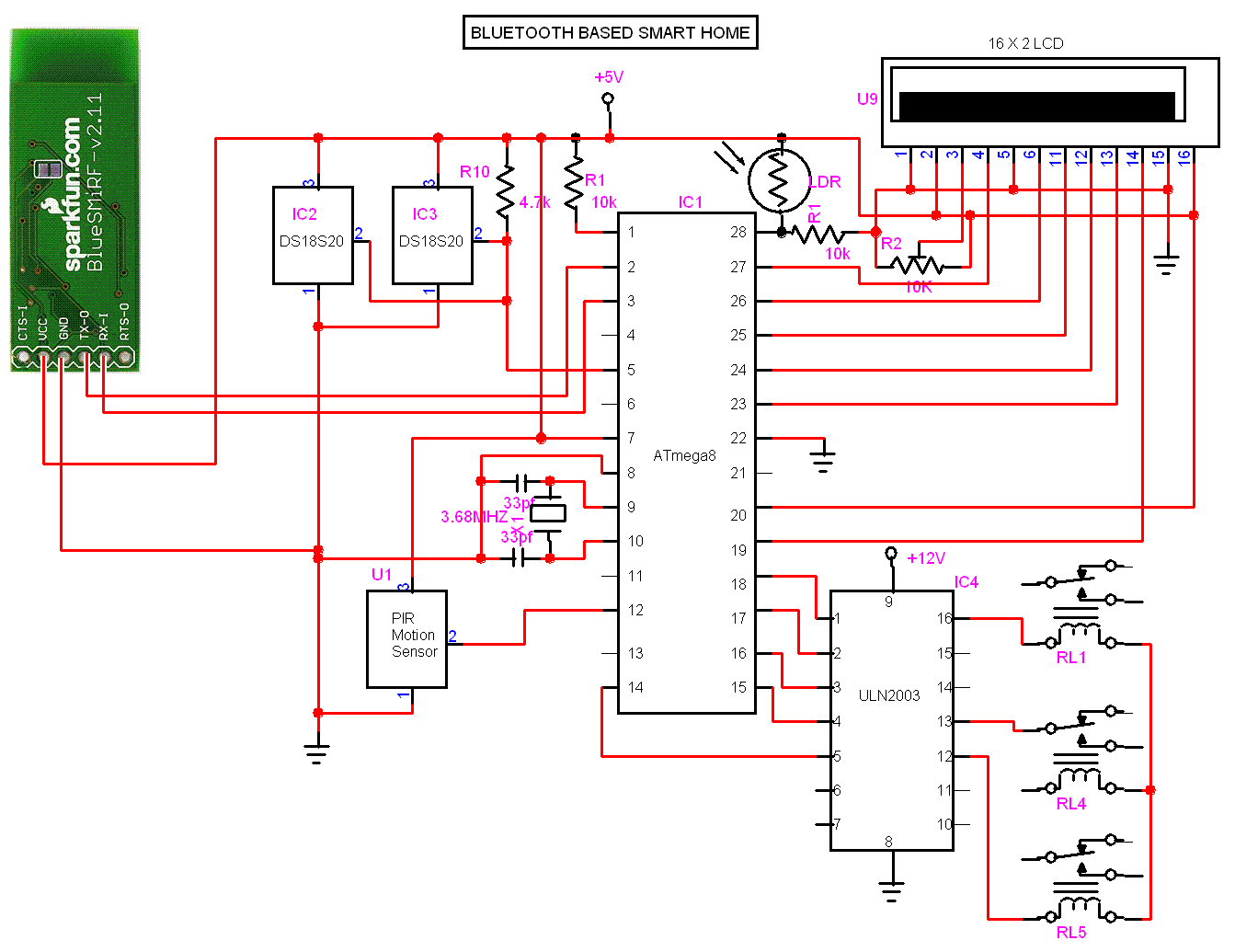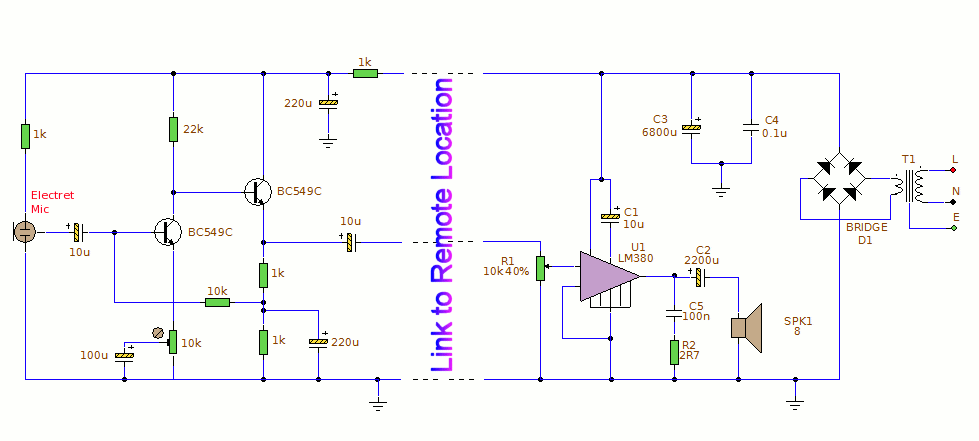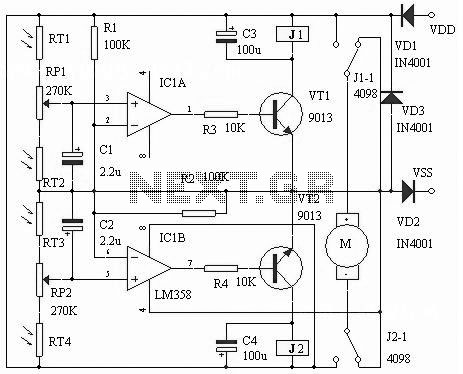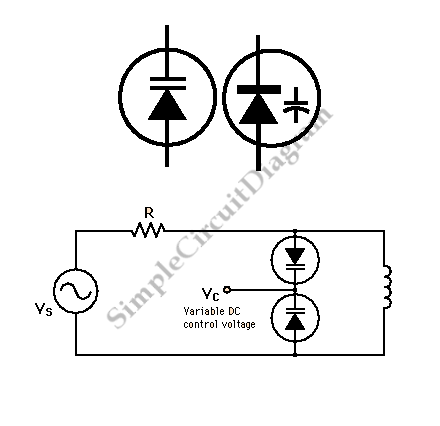
Accurate Bass Tone Control
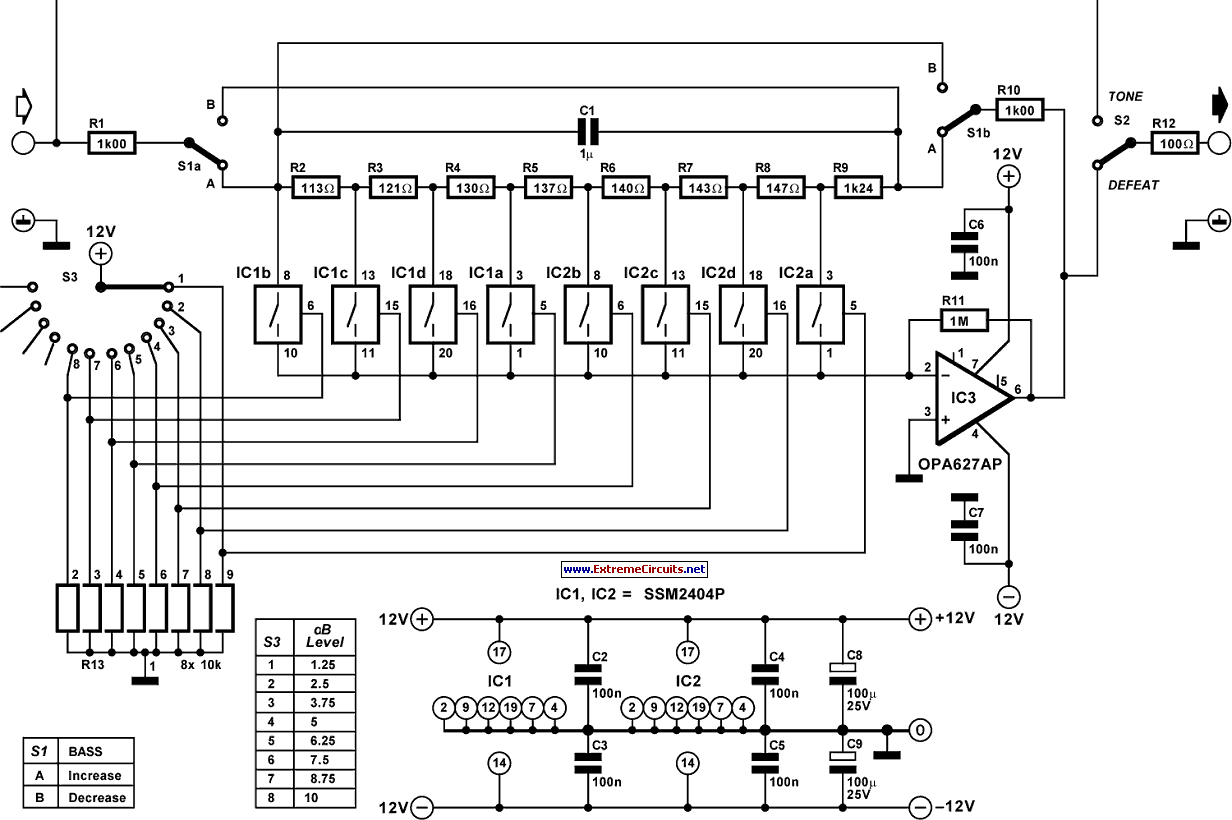
A challenging issue in the design of traditional stereo tone controls is achieving synchronized movement of the potentiometers. Even minor discrepancies in synchronization can lead to phase and amplitude variations between the two audio channels. Additionally, linear potentiometers are commonly utilized in these controls, which can result in inconsistent performance in human hearing. Special potentiometers designed to mitigate these issues are generally difficult to find in retail stores. A viable alternative is a control system based on a rotary switch and a discrete potential divider. However, this approach requires more than six steps for effective tone control, and suitable switches are also not easily accessible. Fortunately, electronic circuits can address these challenges. The analog selectors employed may be activated by mechanical switches, standard logic circuits, or a microcontroller. In the current circuit, SSM2404 selectors from Analog Devices are used, which operate noiselessly. Each integrated circuit (IC) contains four selectors, resulting in a total of eight used in the design. The step size is set at 1.25 dB at 20 Hz, with a maximum gain of 10 dB. The circuit can be mirrored with switch S1, allowing for a selection between amplification or attenuation of bass frequencies. Users can opt for attenuation only or extend the range by adjusting resistor R9. The control can be bypassed using switch S2. To minimize the impact of output impedance on circuit performance, the output impedance must remain below 10 ohms. Resistor R12 safeguards the circuit against excessively low loads. At maximum bass amplification with an input of 1 V RMS, the total harmonic distortion plus noise (THD+N) is less than 0.001% across a frequency range of 20 Hz to 20 kHz and a bandwidth of 80 kHz. The circuit operates with a current draw of approximately 10 mA.
The design of this electronic tone control circuit addresses the common problems associated with traditional potentiometer-based systems. By utilizing SSM2404 selectors, the circuit achieves precise control over audio signal levels without the noise typically associated with mechanical switches. The configuration allows for a smooth transition between multiple gain settings, enhancing the listening experience by providing fine-tuning capabilities for bass frequencies. The mirroring feature of the circuit enables users to choose between boosting or cutting bass, catering to different audio preferences and environments.
The choice of a microcontroller or logic circuits to drive the selectors adds flexibility to the design, allowing for potential integration with digital control systems or remote operation. The careful selection of components, such as R9 and R12, ensures that the circuit maintains optimal performance while being safeguarded against variations in load conditions. The low output impedance is critical in preventing signal degradation, making this circuit suitable for high-fidelity audio applications.
Overall, this electronic tone control circuit represents a significant advancement over conventional systems, providing a reliable, efficient, and user-friendly solution for audio signal processing. The performance metrics, including low distortion and wide bandwidth, further validate its effectiveness in high-quality audio applications.A difficult problem in the design of conventional stereo tone controls is obtaining synchronous travel of the potentiometers. Even a slight error in synchrony can cause phase and amplitude differences between the two channels. Moreover, linear potentiometers are often used in such controls, and these give rise to unequal performance by human heari
ng. Special potentiometers that counter these difficulties are normally hard to obtain in retail shops. A good alternative is a control based on a rotary switch and a discrete potential divider. The problem with this that for good tone control more than six steps are needed, and switches for this are also not readily available. Fortunately, electronic circuits can remove these difficulties. The analogue selectors used may be driven by mechanical switches, standard logic circuit or a microcontroller.
The selectors used in the present circuit are Type SSM2404 versions from Analogue Devices, which switch noiselessly. Each IC contains four selectors, so that a total of eight are used. The step size is 1. 25 dB at 20 Hz with a maximum of 10dB. The circuit can be mirrored with S1, which means that a selection may be made of amplification or attenuation of bass frequencies.
The user can choose between attenuation only and extending the range by dividing R9. The control can be bridged by switch S2. To prevent the output impedance of the circuit having too much effect on the operation of the circuit, the output impedance must be ‰¤ 10 . Resistor R1 2 protects the circuit against too small a load. At maximum bass amplification at Ui n = 1 V r. m. s. , the THD+N <0. 001% for a frequency range of 20 Hz to 20kHz and and a bandwidth of 80kHz. The circuit draws a current of about 10 mA. 🔗 External reference
The design of this electronic tone control circuit addresses the common problems associated with traditional potentiometer-based systems. By utilizing SSM2404 selectors, the circuit achieves precise control over audio signal levels without the noise typically associated with mechanical switches. The configuration allows for a smooth transition between multiple gain settings, enhancing the listening experience by providing fine-tuning capabilities for bass frequencies. The mirroring feature of the circuit enables users to choose between boosting or cutting bass, catering to different audio preferences and environments.
The choice of a microcontroller or logic circuits to drive the selectors adds flexibility to the design, allowing for potential integration with digital control systems or remote operation. The careful selection of components, such as R9 and R12, ensures that the circuit maintains optimal performance while being safeguarded against variations in load conditions. The low output impedance is critical in preventing signal degradation, making this circuit suitable for high-fidelity audio applications.
Overall, this electronic tone control circuit represents a significant advancement over conventional systems, providing a reliable, efficient, and user-friendly solution for audio signal processing. The performance metrics, including low distortion and wide bandwidth, further validate its effectiveness in high-quality audio applications.A difficult problem in the design of conventional stereo tone controls is obtaining synchronous travel of the potentiometers. Even a slight error in synchrony can cause phase and amplitude differences between the two channels. Moreover, linear potentiometers are often used in such controls, and these give rise to unequal performance by human heari
ng. Special potentiometers that counter these difficulties are normally hard to obtain in retail shops. A good alternative is a control based on a rotary switch and a discrete potential divider. The problem with this that for good tone control more than six steps are needed, and switches for this are also not readily available. Fortunately, electronic circuits can remove these difficulties. The analogue selectors used may be driven by mechanical switches, standard logic circuit or a microcontroller.
The selectors used in the present circuit are Type SSM2404 versions from Analogue Devices, which switch noiselessly. Each IC contains four selectors, so that a total of eight are used. The step size is 1. 25 dB at 20 Hz with a maximum of 10dB. The circuit can be mirrored with S1, which means that a selection may be made of amplification or attenuation of bass frequencies.
The user can choose between attenuation only and extending the range by dividing R9. The control can be bridged by switch S2. To prevent the output impedance of the circuit having too much effect on the operation of the circuit, the output impedance must be ‰¤ 10 . Resistor R1 2 protects the circuit against too small a load. At maximum bass amplification at Ui n = 1 V r. m. s. , the THD+N <0. 001% for a frequency range of 20 Hz to 20kHz and and a bandwidth of 80kHz. The circuit draws a current of about 10 mA. 🔗 External reference
